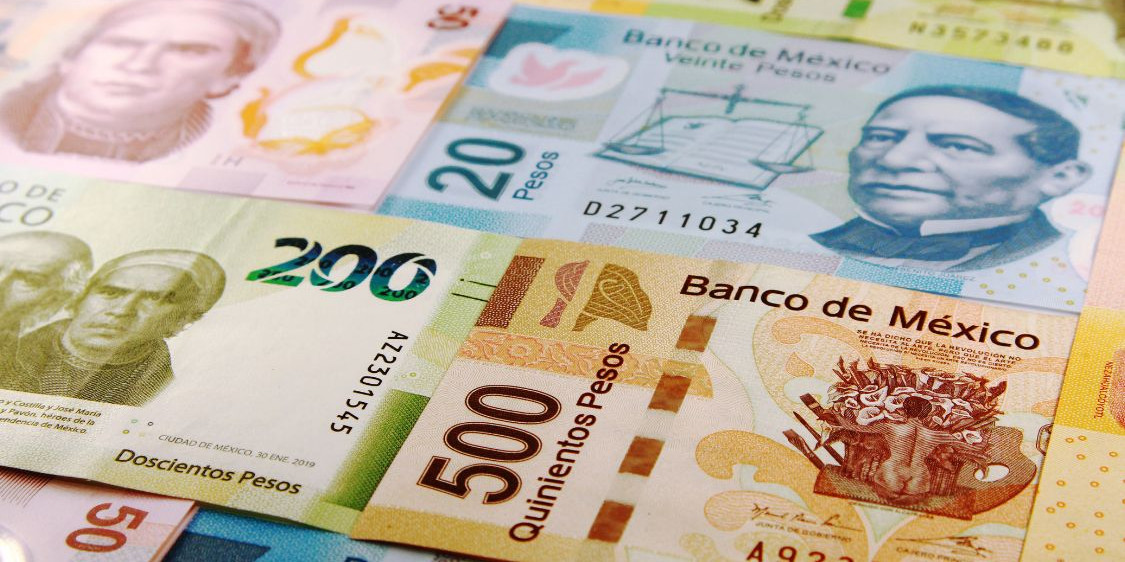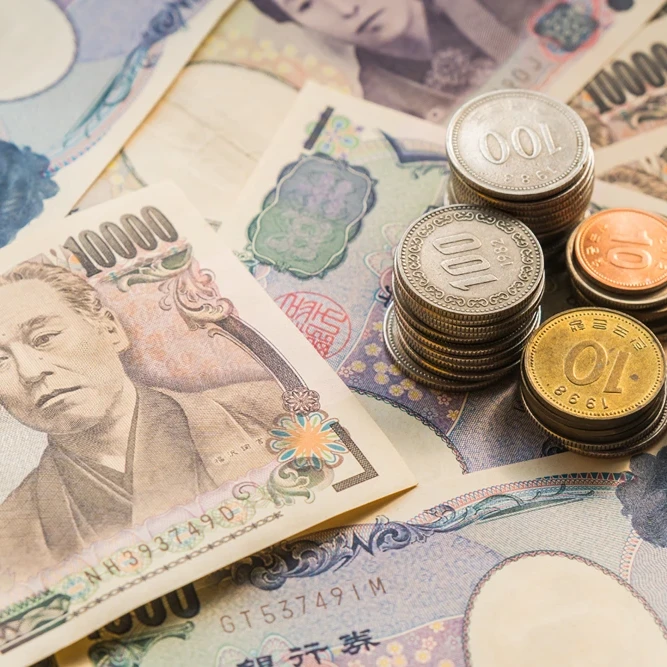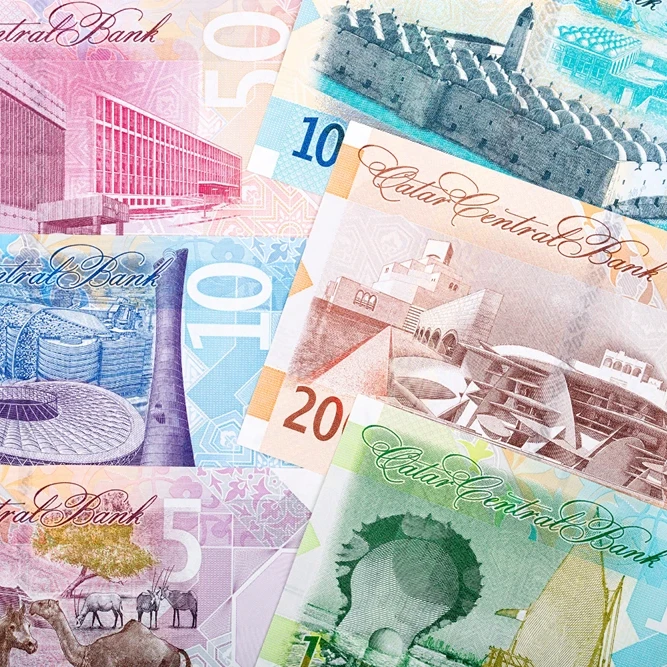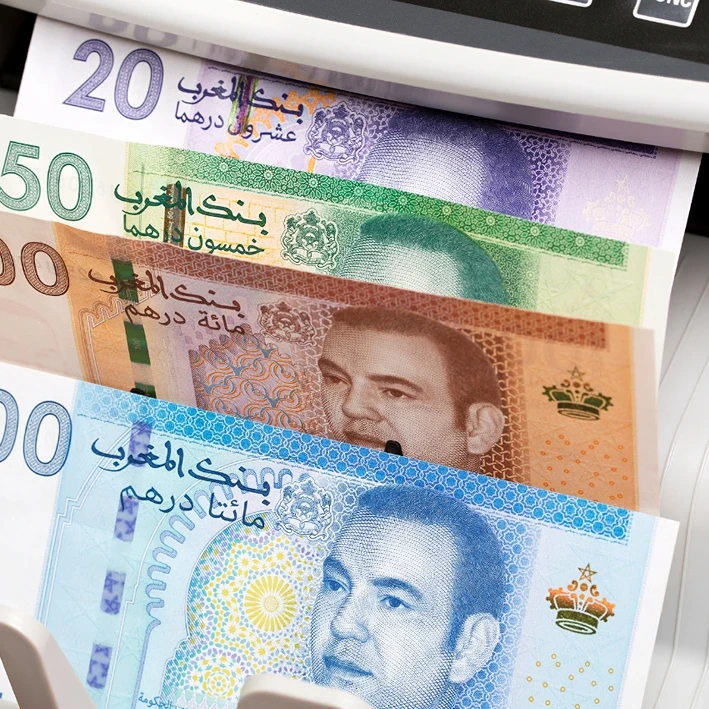Is the allure of Mexican culture worth the cost? When planning your journey to Mexico, you may wonder about expenses—from currency exchanges to daily spending. In this guide, Xpat Journeys breaks down essential tips to smartly navigate the financial landscape of Mexico. From understanding the Mexican Peso and exchange rates to budgeting your trip and daily expenses, this blog post reveals practical strategies and actionable advice. Embrace Mexico without worry by mastering the “Money and Costs for Mexico,” ensuring your adventure stays both memorable and budget-friendly.
Table of Contents
ToggleUnderstanding the Currency and Exchange Rates in Mexico
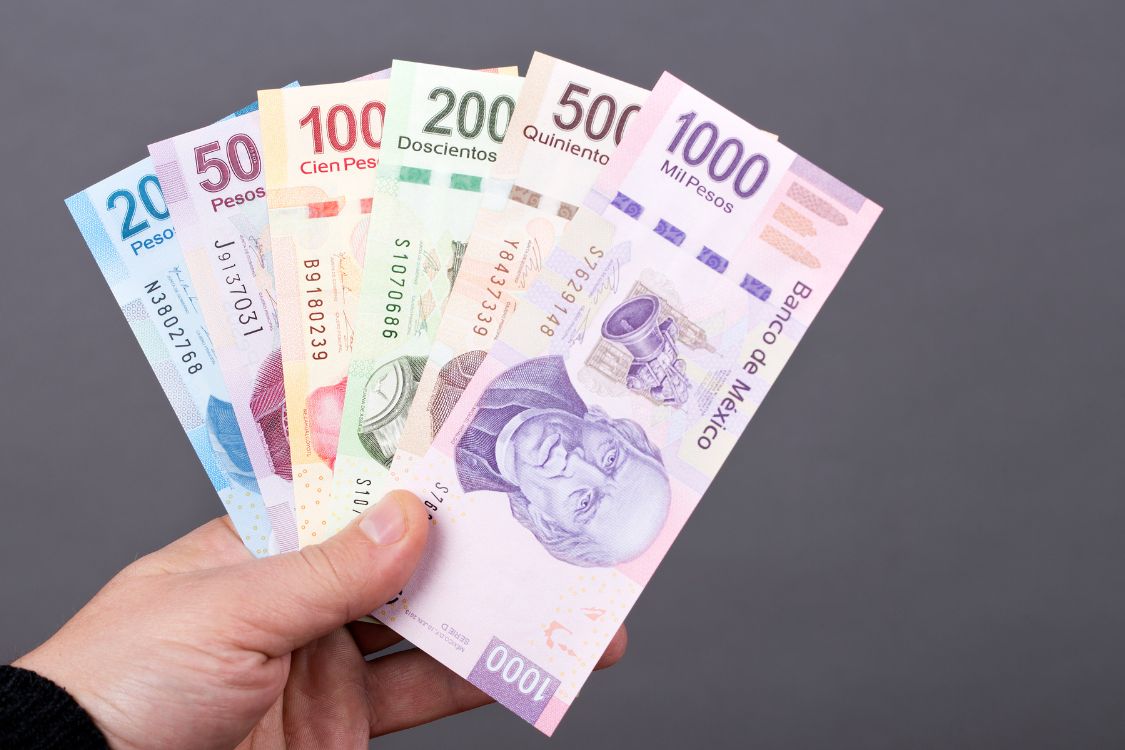
The official currency in Mexico is the Mexican Peso (MXN). Understanding the exchange rate is crucial for budgeting effectively during your travels. Exchange rates can fluctuate, affecting the value of your money and your overall expenses. While major credit cards like Visa and MasterCard are widely accepted in urban areas such as Mexico City, smaller establishments often prefer cash. Therefore, it is advisable to always have some pesos on hand for purchases at local markets or street vendors.
When it comes to exchanging money, withdrawing cash directly from ATMs is often more cost-effective than using airport kiosks. Airport kiosks tend to offer less favorable exchange rates, which can significantly impact your travel budget. Additionally, ATMs are plentiful throughout Mexico, making them a convenient choice for accessing cash.
- Withdraw cash from ATMs for better rates compared to airport kiosks.
- Monitor exchange rates before and during your trip for optimal currency conversion.
- Keep a small amount of cash for local purchases, as some vendors accept only pesos.
- Use credit cards for larger transactions in urban areas to minimize the need for cash.
- Avoid exchanging a large amount of currency all at once to mitigate the risk of fluctuating rates.
Typical Costs of Living and Daily Expenses in Mexico
The cost of living in Mexico is generally affordable, but it can vary significantly depending on the region and activities you choose to engage in. In major cities like Mexico City, daily expenses may be higher due to the availability of diverse dining options and entertainment activities. In contrast, smaller towns often offer lower prices for accommodations and meals. For instance, while a mid-range budget traveler might spend around $117 per day in Central Mexico, costs can be lower in less touristy areas. Activities such as ruin-hopping in the Yucatan or whale-watching on the Pacific Coast can add to your expenses, so it’s wise to plan accordingly.
When budgeting for a trip to Mexico, it’s essential to account for typical expenses such as meals, transportation, and entertainment. Dining out can be inexpensive, especially if you opt for street food or local eateries. Public transportation is reliable and cost-effective, making it a preferred choice for many travelers. Entertainment costs, including entrance fees to attractions or cultural events, should also be considered in your daily budget. By understanding these typical expenses, travelers can better manage their spending and enjoy a balanced trip.
| Expense Category | Average Daily Cost |
|---|---|
| Meals | $15 |
| Transportation | $10 |
| Accommodation | $30 |
| Entertainment | $20 |
| Groceries | $10 |
Effective budgeting is key to a fulfilling experience in Mexico. Travelers should consider the potential expenses associated with their chosen activities and regions. For instance, while visiting popular tourist destinations or participating in guided tours, costs can quickly add up. However, by mixing costlier activities with free or low-cost options, such as visiting local markets or exploring natural attractions, travelers can maintain a balanced budget. Overall, understanding the typical costs and planning accordingly will help ensure a rewarding and financially manageable trip to Mexico.
Accommodation Options and Prices Across Mexico
Accommodation in Mexico offers a wide range of options suitable for every budget, making it an accessible destination for diverse travelers. Hostels are a popular choice among budget-conscious travelers, providing not only affordable lodging but also opportunities for social interaction. Hostel prices can vary, with dormitory beds typically costing between $10 to $20 per night, depending on the city and amenities offered. For those seeking a bit more privacy without breaking the bank, budget hotels provide basic yet comfortable accommodations starting at around $30 per night. Meanwhile, Airbnb has gained traction as a flexible option, with entire apartments or private rooms available at competitive rates.
For mid-range travelers and those looking for a bit of luxury, Mexico also boasts a broad selection of hotels and boutique accommodations. Prices for mid-range hotels generally start at $50 per night, offering additional amenities such as on-site restaurants and pools. In tourist hotspots like Tulum, properties such as Casa Almendro provide luxury-like amenities at a cost of approximately $51 per night. Couchsurfing presents yet another cost-saving alternative, allowing travelers to stay with locals for free while gaining unique cultural insights. Regardless of the accommodation choice, travelers should book in advance, particularly during peak tourist seasons, to secure the best rates.
- Hostel dorm beds in Mexico City: $10-$20 per night
- Budget hotel in Oaxaca: $30 per night
- Airbnb in Playa del Carmen: $40 per night for a private room
- Mid-range hotel in Cancun: $60 per night
- Luxury hotel in Tulum: $150 per night
Transportation Costs and Travel Tips in Mexico
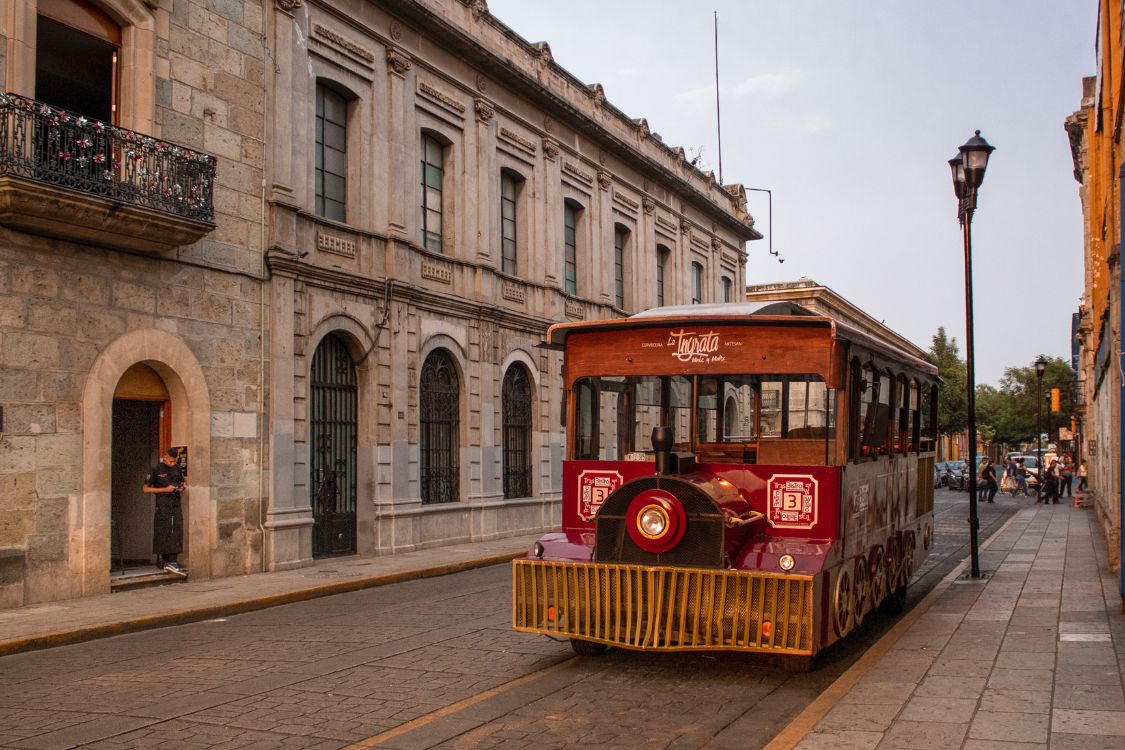
Mexico offers a reliable and extensive public transportation network, making it a cost-effective option for travelers. Utilizing buses, metro systems, and colectivos (shared vans) can significantly reduce transportation expenses. In cities like Mexico City, the metro is a particularly economical choice, with fares as low as $0.25 per ride. Public buses are also available in most cities, providing a budget-friendly way to explore urban areas and connecting travelers to surrounding regions. These options not only save money but also offer a chance to experience local life more authentically.
Ride-sharing services such as Uber and DiDi are widely available in Mexico’s urban centers, providing a convenient alternative to traditional taxis. While car rentals are an option, they are often unnecessary, especially in large cities where traffic congestion is common and parking can be challenging. Car rental costs vary but generally start around $30 per day, excluding insurance and fuel. For those seeking flexibility to explore less accessible regions, renting a car might be beneficial, but it’s crucial to factor in additional costs. By leveraging public transportation and ride-sharing services, travelers can efficiently navigate Mexico without incurring high expenses.
- Use the metro and buses for the most affordable travel within cities.
- Check ride-sharing apps for competitive rates and convenience.
- Avoid renting a car in major cities to save on costs and avoid traffic.
- Purchase a public transport card for seamless access to metro and buses.
- Plan routes in advance to optimize time and minimize expenses.
Dining Out and Grocery Prices in Mexico
Dining out in Mexico is notably affordable, offering a diverse culinary experience that can fit any budget. Street vendors present an inexpensive option, where a satisfying meal can cost as little as $1 to $3, depending on the region. In Mexico City, a three-day trip’s food expenses averaged $63.34 USD, showcasing the cost-effectiveness of local dining. Mid-range restaurants offer meals for approximately $10 to $15, making them an appealing choice for those seeking a more refined dining experience without excessive spending. Upscale establishments, while more expensive, still provide value compared to similar venues in other countries, allowing travelers to savor gourmet meals without breaking the bank.
Grocery shopping in Mexico is equally budget-friendly, with prices varying slightly based on location. Markets and supermarkets offer a wide range of fresh produce and goods at reasonable prices, making it easy for travelers to prepare meals if they have access to a kitchen. Basic grocery items such as bread, milk, and eggs are generally inexpensive, contributing to the overall affordability of daily living expenses. While regional variations exist, the general cost of groceries in Mexico helps maintain a low daily budget for both short-term visitors and long-term travelers.
- Tacos from street vendors: $1 – $2 per serving
- Mid-range restaurant meal: $10 – $15
- Loaf of bread: $1.50
- Dozen eggs: $1.20
Tourist Attractions and Entertainment Expenses
Entertainment expenses in Mexico are diverse, with options ranging from cultural events to natural wonders. Excursions and tours are popular among travelers, offering a chance to explore the country’s rich history and natural beauty. For instance, tours of the ancient ruins in the Yucatan Peninsula, such as Chichen Itza, can cost about $50 for guided trips, including transportation. These excursions provide not only a deeper understanding of Mexico’s past but also the convenience of organized travel.
In coastal regions like the Pacific Coast, activities such as surfing are prevalent. For enthusiasts, renting a surfboard costs around $20 per day, while surf lessons may range from $30 to $50 per session. These activities offer an adrenaline-filled way to experience Mexico’s beautiful beaches and vibrant surf culture. Additionally, whale-watching tours in places like Baja California are another popular option, often priced between $60 and $100, depending on the duration and inclusivity of the tour.
Cultural events further enrich a visit to Mexico, with festivals and live performances offering memorable experiences. Entrance fees to museums and cultural sites are typically modest, with many charging under $10. Events such as the Day of the Dead celebrations are often free to attend, although participation in certain activities might incur a small fee. These cultural experiences provide insight into Mexico’s traditions and are a valuable addition to any travel itinerary, offering both entertainment and education.
Tips for Budgeting and Cost-Saving in Mexico
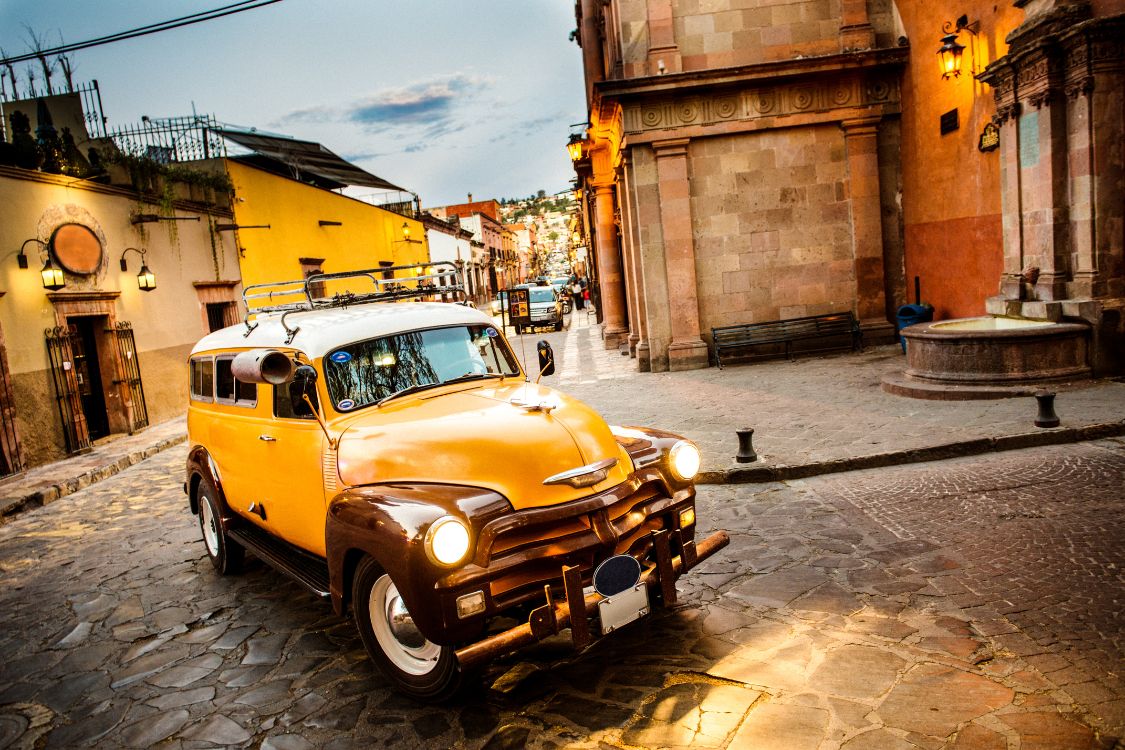
How can travelers effectively budget for a trip to Mexico? Start by setting a daily spending limit, considering accommodation, food, transportation, and activities. Allocating funds in advance helps maintain financial control and prevents overspending. Opt for a mix of budget accommodations, such as hostels or Couchsurfing, to save on lodging expenses. These options not only reduce costs but also provide opportunities to interact with locals and fellow travelers. Additionally, prioritizing free or low-cost activities, like visiting local markets or exploring natural attractions, can further enhance the travel experience without straining the budget.
What are some strategies to save money on currency exchange? Using ATMs is generally more cost-effective than airport kiosks, offering better exchange rates and lower fees. Travelers should withdraw larger amounts less frequently to minimize transaction costs, though it’s important to balance this with safety considerations. Monitoring exchange rates before and during the trip can help identify the best times to convert money. Furthermore, carrying a combination of cash and credit cards can provide flexibility and security, allowing travelers to take advantage of favorable payment options.
What are additional cost-saving methods while traveling in Mexico? Public transportation, such as buses and metro systems, is not only economical but also efficient for navigating cities. Ride-sharing services like Uber offer affordable alternatives to taxis, particularly in urban areas. For meals, street food and local eateries provide delicious options at reasonable prices. Embracing local dining habits not only cuts costs but also enriches the cultural experience. By applying these strategies, travelers can maximize their budget and enjoy a rewarding visit to Mexico.
- Set a daily spending limit to manage expenses effectively.
- Use ATMs for better currency exchange rates.
- Choose budget lodgings like hostels or Couchsurfing.
- Use public transportation to save on travel costs.
- Enjoy street food and local eateries for affordable meals.
- Prioritize free or low-cost activities to enhance the experience.
Final Words
Navigating money and costs in Mexico involves understanding local currency, daily living expenses, and travel logistics. With insights on currency exchange and practical budget tips, managing finances becomes more straightforward. Access to affordable accommodations and diverse dining options add to the ease of travel.
The positive balance of structured budget planning and local travel conveniences creates a rewarding experience. By optimizing money management, travelers can fully engage with Mexico’s unique offerings. Embracing these strategies promotes an enriching journey throughout this vibrant destination.
FAQ
Q: How much money should I expect to spend in Mexico per month?
A: Monthly expenses in Mexico depend on lifestyle and region but generally range from $1,000 to $2,000 USD, including accommodation, food, transportation, and entertainment.
Q: How much cash should I carry when traveling to Mexico for two weeks?
A: For a two-week stay in Mexico, carrying $300 to $500 USD in cash is advisable for smaller purchases, while using credit cards and ATMs for larger transactions.
Q: What are the typical costs of goods in Mexico in pesos?
A: Common items, such as bottled water, cost about 15 MXN, street tacos around 20 MXN each, and a local beer approximately 30 MXN.
Q: How much does a meal cost in Mexico in US dollars?
A: In Mexico, meals can range from $5 USD at local eateries to $20 USD or more at upscale restaurants. Street food is often under $3 USD.
Q: How much does it typically cost to fly to Mexico?
A: Round-trip flights to Mexico can range from $300 to $600 USD, depending on departure city, airline, and booking time.
Q: Are food prices in Mexico affordable when considering pesos?
A: Food is generally affordable, with street food costing less than dining in sit-down restaurants. Grocery costs can be lower than in the US, particularly for local products.
Q: Is $1000 enough for a trip to Mexico?
A: $1000 can suffice for a modest two-week trip in Mexico, covering essentials like budget accommodation, meals, and local transport.
Q: How much cash should I have on hand while in Mexico?
A: Having $100-$200 USD in local currency is recommended for unforeseen expenses, smaller purchases, and vendors who don’t accept card payments.
Hazel Wall is a passionate traveler, writer, and explorer dedicated to sharing her experiences and insights with fellow adventurers. With a background in journalism and a deep love for discovering new cultures, Hazel has journeyed across continents, immersing herself in diverse landscapes and traditions.


